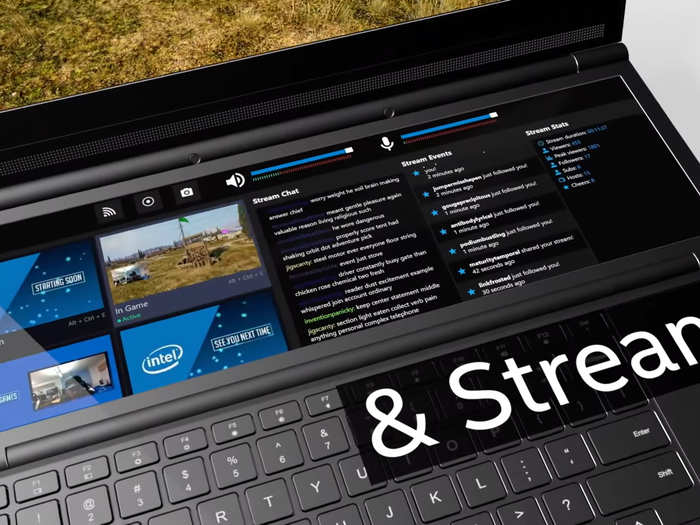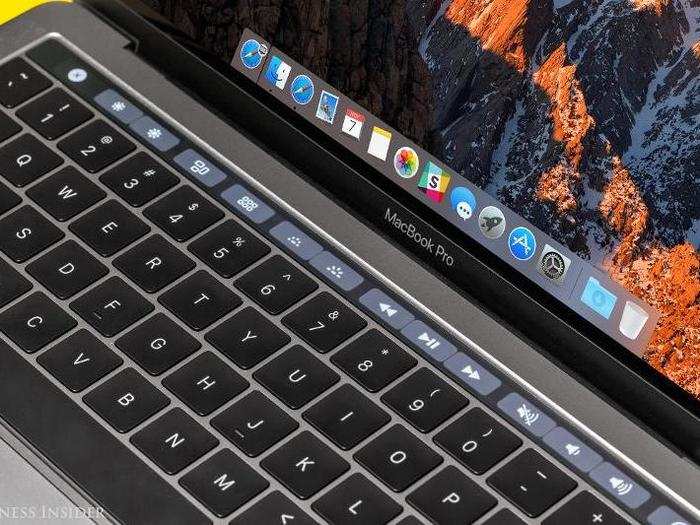Intel also thinks laptops should prop themselves up to give you a better view of the companion display, so you don't have to lean forward to see it.
While the companion display has merit, Intel foretold a potential issue where you have to lean over the laptop to see the companion display. The solution, according to Intel, is a laptop that props itself up with a hinge mechanism so you can better see the companion display.
Still, a laptop with such a large secondary display and a beefy hinge to prop up the laptop itself surely comes at a price, and I'm not just talking about the price tag. Apart from adding to the cost, a secondary display and hinge would surely affect a laptop's portability.
And who knows what kind of effect a companion display would have on a laptop's battery life. Suffice it to say, the future of high-performance laptops appears to be more sedentary than mobile.
We'll have to wait and see for ourselves when laptops with secondary displays and hinges start coming out. So far, Asus and HP have at least adopted the secondary companion display idea with the Asus ZenBook Pro Duo and the HP Omen X 2S.






